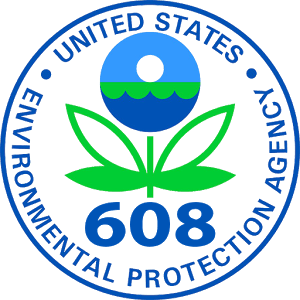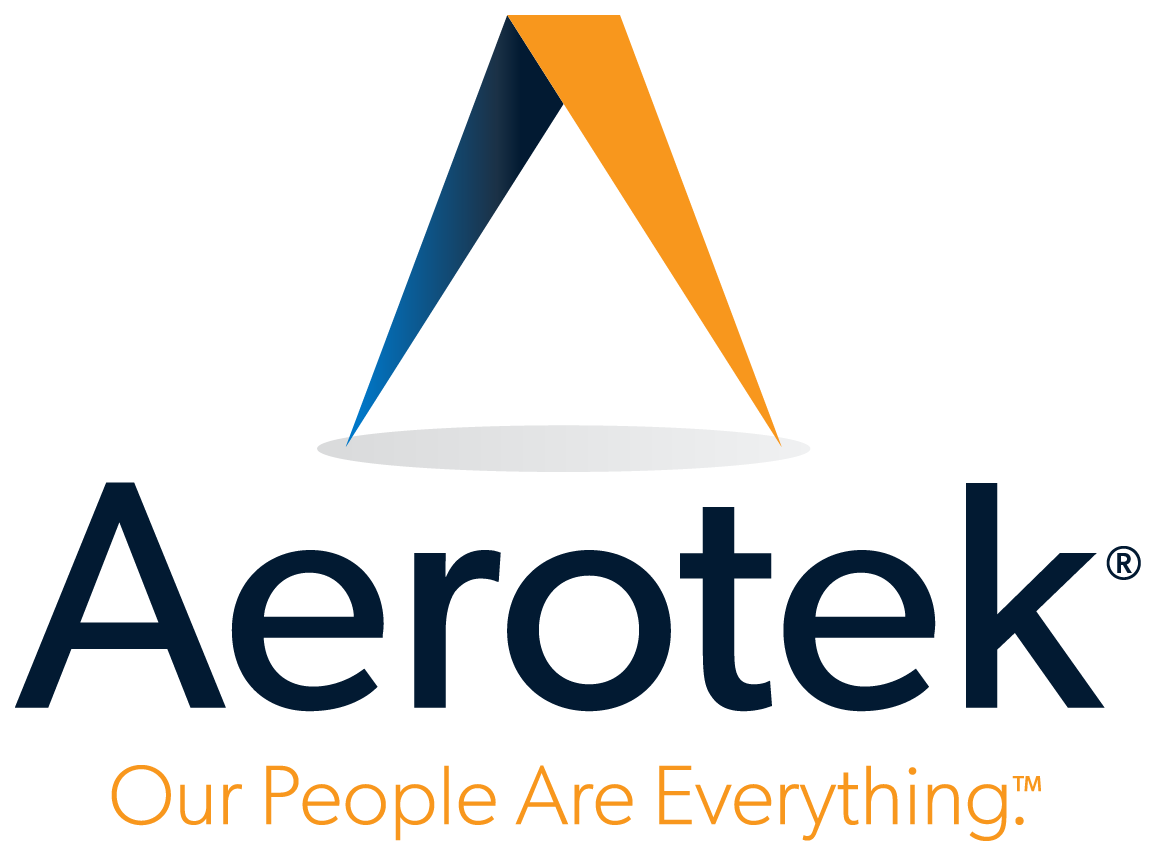HVAC Technician
On-Campus Certification Course from Aerotek
Program Description
The increasing development of heating, ventilation, and air-conditioning (HVAC) systems technology creates a number of employment opportunities in this long-standing trade poised for even more growth in the coming years. An HVAC technician installs, maintains, and repairs heating, air conditioning, and refrigeration systems. Professionals who work in this occupation might specialize in installation, or in maintenance and repair. Some technicians concentrate on only one type of system, either heating, air conditioning, or refrigeration, while others offer a broader range of services.
This program focuses on broad, transferable skills, including an understanding of the heating, air-conditioning, refrigeration and ventilation industry, and demonstrates elements of the industry such as planning, management, finance, technical and production skills, the underlying principles of technology, and health, safety, and environmental issues. Learners should obtain EPA certification prior to leaving school in order to be employed in any job that requires work with refrigerants. Instruction includes a combination of classroom theory and practical experience.
After completing this program, learners will be able to:
- Explain the importance of workplace safety, safe work requirements, workplace hazards, prevention methods, emergency response procedures and appropriate PPE
- Solve construction-related problems using basic math and common measuring tools
- Safely and properly use the proper hand/power tool for construction-related tasks
- Correctly read and interpret various types of construction drawings including standard fundamental components, features, symbols, and dimensions
- Identify and describe use of various types of rigging slings, hardware, and equipment including use of proper ASME Emergency Stop hand signal
- Effectively communicate, listen, speak, read, and write to meet workplace expectations and communication goals
- Apply workplace skills such as critical thinking, problem solving, interpersonal skills, conflict management, and team member skills
- Identify standard procedures for safely and properly handling common materials found on work sites, including lifting, tying knots, and using motorized and non-motorized material handling equipment
- Explain the basic principles of heating, ventilation, air conditioning, and refrigeration including principles that guide HVACR installation and service techniques
- Identify career paths available in the HVACR trade
- Accurately perform measurement tasks, algebra equations, and calculations involving geometric figures relevant to HVACR
- Explain the fundamentals of electricity and electrical theory
- Use the proper instrument to measure HVACR components
- Assemble and test low-/high-voltage series and parallel circuits using a transformer and selected control and load devices
- Explain the fundamental concepts of heating and combustion, forced-air gas furnaces, hydronic and electrical heating systems
- Perform common maintenance tasks on a gas furnace, including air filter replacement and temperature measurements
- Explain the fundamental concepts and functioning of refrigeration, refrigerants, cooling systems, and common controls
- Perform measurement/calibration tasks for cooling systems
- Identify refrigerants using cylinder color codes
- Explain concepts related to air movement/measurement in air distribution systems, mechanical equipment/materials used, and the various approaches to air distribution system design
- Identify the various types of copper tubing and related fittings
- Properly and safely cut, bend, and join copper tubing using mechanical fittings and lengths of plastic pipe
- Properly set up and shut down oxyacetylene equipment and an acetylene single tank
- Properly prep and safely solder copper tubing in various planes, using various fittings
- Properly prep and safely braze copper tubing using various fittings
- Properly and safely cut, ream, thread, and join steel pipe using selected fittings
- Environmental Protection Agency (EPA) Rules and Regulations related to HVAC practices
- EPA requirements for small appliances, refrigerants and hazardous chemicals
As part of this program, Learners will complete the following hands-on labs and activities:
- HVAC Safety
- Trade Math
- Basic Electricity
- Introduction to Heating
- Introduction to Cooling
- Introduction to Air Distribution Systems
- Basic Copper and Plastic Piping Practices
- Soldering and Brazing
- Basic Carbon Steel Piping Practices
Certification Opportunities
After completing this program, learners will have the opportunity to take the leading national/industry-recognized certification exam(s) essential to entry-level employment in this fast-growing field.
 |
Environmental Protection Agency (EPA) Section 608 Technician Certification |
Optional Volunteer Externship Opportunity
Students who complete this program are eligible to participate in an optional volunteer externship opportunity with a local company/agency/organization whose work aligns with this area of study in order to gain valuable hands-on experience. As students progress through their eLearning program, an Externship Coordinator will reach out to coordinate placement.
Note: Additional documentation including health records, immunizations, drug-screening, criminal background checks, etc. may be required by the externship facility.
Requirements
- High School Diploma or GED
Program Details
- On-Campus Program
- Hands-On Labs
- Textbooks & Materials Included
- National Certification Opportunity
- Certificate of Completion
- Clinical Externship Opportunity
